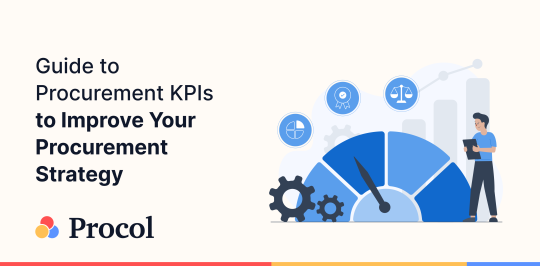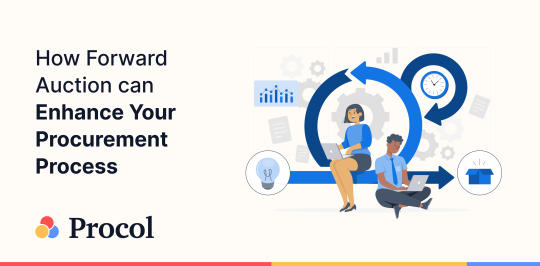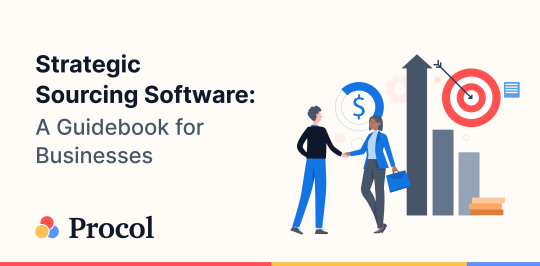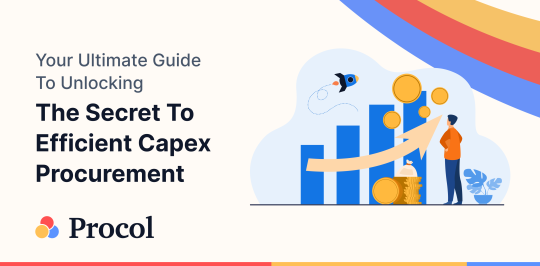How Procurement Transformation Can Improve Food and Beverage Sourcing?
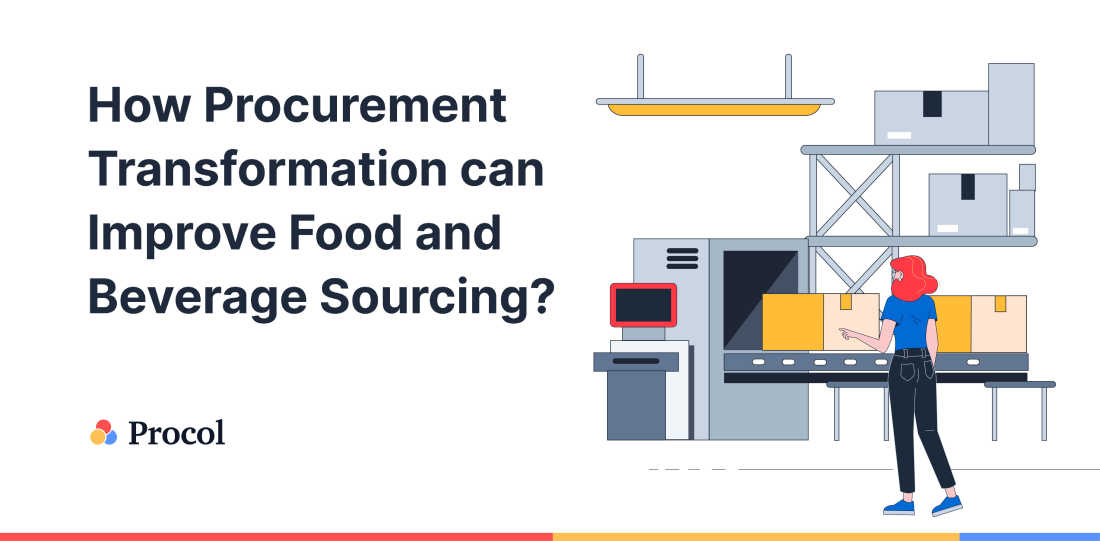
The food and beverage industry has become heavily competitive in the past decade, and the increasing challenges exert downward pressure on costs. According to a Mckinsey study, purchasing raw materials corresponds to 60% to 80% of direct material costs. Also, this has resulted in a 35% to 50% increase in procurement costs in the past decade. Procurement experts suggest a holistic approach to spend management because just a 1% improvement in procurement costs can help the food industry to increase its profits by 200 to 300 points.

Source: Mckinsey
What Causes Supply Chain Disruptions?
In a McKinsey survey, only 50% of supply chain executives understood tier-one suppliers. However, only 2% were aware of the third-tier suppliers and below. In the food industry, disruptions in the lowest supply chain tier can escalate quickly and become a significant problem. The following are some of the causes that cause supply chain disruption:
1. Lack of traceability & transparency
The food industry has been scrutinised heavily, especially after the COVID-19 pandemic. Consumers are now more aware of the traceability of their food and demand to know how the ingredients are sourced.
Local and farm-fresh ingredients are always preferred, but they can quickly become expensive and limited for the organisation. However, restaurants can’t simply add the cost of sourcing to the menu because consumers expect good food at a low price.
2. Missed/overlooked safety & quality compliance
Ensuring food safety and quality in the food industry is always challenging. With numerous safety standards and compliance requirements that differ from state to state, organisations struggle to meet the changing compliance requirements. Procurement managers must ensure compliance adherence at each touch point when resources are sourced from halfway around the world.
3. Lack of collaboration
Without efficient vendor management, buyers can’t communicate their requirements to sellers properly. This lack of communication results in excessive waste, inefficiency, errors, and mistrust, which becomes a significant issue when the organisation tackles global operations.
4. Increasing costs
Food supply chains incur energy costs, logistics charges, human resource wages, and technology investments that add to the procurement costs. Implementing accurate spend management is crucial to managing different direct and indirect costs.
5. Lacklustre inventory management
To control costs, maintain quality, and ensure food safety, the organisation should pay close attention to accurate inventory management. The food industry deals with lots of perishable goods that must be used within a very short timeframe. Restaurants must strike a balance between reducing inventory wastage and satisfying customer requirements.
How can eProcurement Help With Strategic Sourcing to Optimise the Sourcing Process?
When organisations understand where the most money is spent and apply advanced sourcing to those areas, they can significantly reduce spending by 8% to 10%. The first step to cost management, therefore, is understanding where the money goes.
Analysing the cost of ingredients and the factors that influence their prices will give a clear picture of price fluctuations. Organisations can use this information to develop financial plans to hedge against price fluctuations. The services and offerings must be updated to keep customers happy and reduce volatility impacts.
Effective procurement system automation can help in the following ways:
1. Supplier performance & risk management
A procurement solution automates sourcing to drill deep into essential vendor information to identify competitive pricing. Effective vendor management enables procurement leaders to get all the information about their suppliers from the same place and evaluate performance quickly.
2. Price fluctuations management
eAuctions with a procurement system create a competitive supply base that is useful in determining price fluctuations. Apart from the cost, buyers can also incorporate non-price variables like quality, freight, tax, and more for better negotiations. Better bargains can be obtained with a unified platform.
3. Deep spend analysis
eProcurement helps create a spend analysis strategy focusing on key value drivers. When organisations pay different prices for the same ingredient at different places, spend analysis will help them consolidate purchases and enjoy a more significant discount for high-volume purchases. All purchases can be brought together under a strategic sourcing realm with efficient eRFX.
4. Sustainability & compliance
Automated e-sourcing will empower the organisation to communicate sustainability and compliance goals to vendors. The uniform eRFX solution will ensure that the latest procurement requirements are updated for the vendors to ensure compliance.
Procol is a leading procurement system that can significantly help in optimising the sourcing and procurement process for the food and beverage industry. Schedule a demo to uncover new ways to build resilient and agile sourcing models to cope with sudden and emergent supply chain disruptions.
Get a Free Demo
We'd love to hear from you. Please fill out this form to schedule a demo with us. You can also give a call on +91 76666 82222
